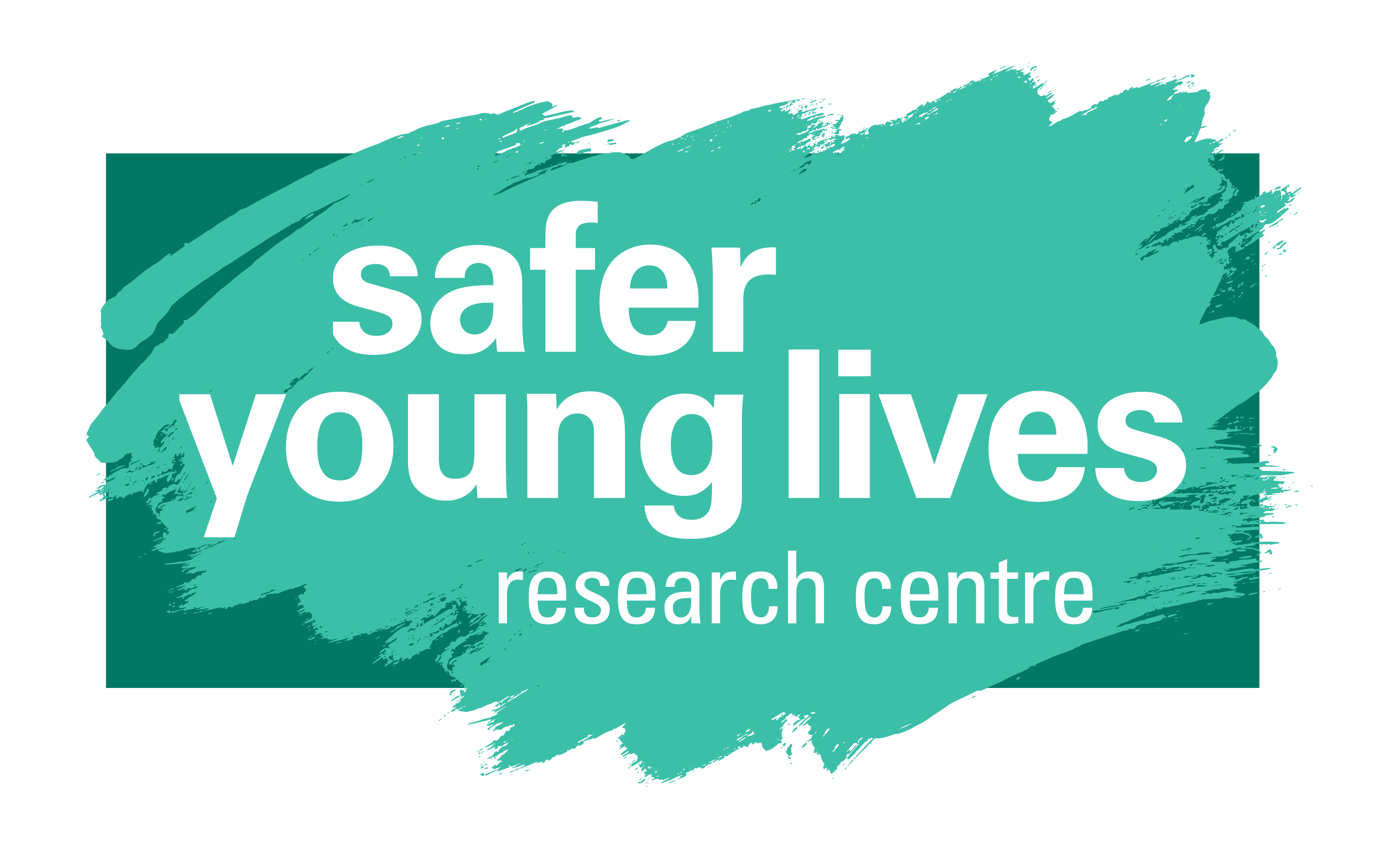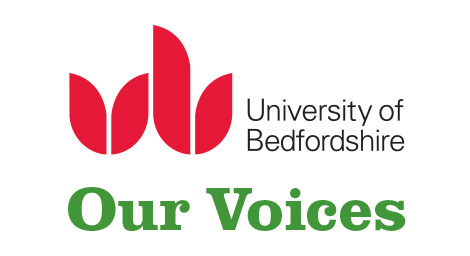Children’s participation in addressing sexual violence: definitions, guilt and creating space for conversations about imperfect practice

Dr Camille Warrington is a Senior Research Fellow at the Safer Young Lives Research Centre. She has a particular interest in participatory research practice, and young people’s involvement in decisions about safeguarding and care. In recent years her work has focused on children with experiences of sexual violence in the UK and in particular their experiences of service responses including police, social care and third sector support. Camille is particularly interested in how children’s decision-making informs or is marginalised from these processes and the implications for children’s safety. She has an active interest in developing ethical approaches to researching sensitive issues and facilitating meaningful engagement of marginalised children and young people.
Children’s participation as an ill-defined concept
For those of us working in the field of children’s participation, recognition of the woolly and ill-defined nature of the term is a longstanding bugbear (Hinton 2008; Wyness, 2018). This certainly holds true in the field of child protection, and child sexual abuse more specifically, where our own efforts as the Safer Young Lives Research Centre have focused for the last 15 years (Brodie et al., 2016).
Unsurprisingly we’re not the first to document these concerns, and for over two decades academics and practitioners alike have strived to find ways to solidify these slippery concepts, offering a range of genuinely helpful frameworks and continuums along the way which provide both clarity and yardsticks against which to measure (Shier, 2001; Lundy 2007; Lansdown and O’Kane, 2014; Larkin et al, 2014).
Furthermore the expansion of related vocabulary (‘co-production’; ‘co-design’; ‘service user involvement’; and ‘Public and Patient Involvement’) increase the reach (and sometimes palatability) of participatory principles, while also in some cases further diluting some of their more radical intentions (Beresford, 2012). This adds further complexity when different sectors favour the use of different terms, sometimes to describe very similar initiatives, or alternatively the use of the same term obfuscates significant differences in intentions and approach. For example, while some reserve the use of ‘co-production’ for endeavours where children’s leadership and protagonism are well evidenced (Tisdall, 2017), elsewhere the term may be used to describe initiatives where children’s input is limited to adult led consultation. Relatedly, recent discussions highlight a need for a more extended conceptualisations of children and young people's participation, incorporating children’s activism, and reaching beyond involvement in adult-led decision-making (Tisdall and Cuevas-Parra, 2021).
"In seeking to prioritise space for documenting children’s roles
we tend to gloss over the decisions adults make, the power they retain
and the modesty of the power that is shared or ‘given up’."
So why does defining what we as a team or project understand of children and young people’s participation matter?
One concern about vague or shifting definitions links to the increasing appeal and potency of these terms for those with power (funders, policy makers and leaders). When used imprecisely, or misappropriated, they provide an opportunity for those holding power to co-opt children for their symbolic value, with little need for any actual transfer or shift in power relations. In this context children’s ‘participation’ provides a means to consolidate existing power relations rather than building children’s influence, arguably moving us further from our goals.
It is for this reason that trying to define and critically appraise our own understanding of children’s participation felt like an important exercise on the Our Voices project where our work straddles disciplines, institutions and cultural and political contexts. However the aim of Our Voices: capturing and sharing learning on participatory research and practice addressing sexual violence in diverse global contexts, means a degree of pragmatism is also required (recognising the value of broad principles rather than a singular definition).
With this in mind, our international research project Our Voices III developed an initial concept paper – setting out what we mean in the use of these terms and some key references and principles we’ve found helpful. While we don’t claim that our understanding will be either sufficient or shared for all those we work with it feels like an important marker in the sand[1]. In part our hopes for the Our Voices concept paper was that it provided a starting point; a framework for reflection - and in setting out our principles - arguably a declaration of hopes and aspirations.
However one recurring problem in the world of children’s participation is an often talked about, though rarely documented, gap between our aspirations and reality. Though documenting our principles and intentions feels relatively straightforward, the messy realities of doing participation work all too often elude our records and reports. The reasons for this gap are no doubt multi-faceted – light touch evaluation processes; funding structures that limit time for reflection; and difficulty prioritising ‘write ups’. But, from our team’s own experiences there are also more ‘thought based hurdles’ to overcome: mental blocks and the tricky issue of guilt about limits and blocks on the depth of children’s involvement.
The challenge of principles and definition – an unobtainable goal or a route to honest analysis?
"Participatory research practice is a work in progress –
recognising it is such may lesson pressure on us to over claim for our work
or muddy how much power has been shared while continuing to ensure we
set our aspirations for children’s influence and protagonism high."
One challenge when trying to define participation is the lingering feeling that our efforts to build more participatory practice and radical power sharing are always insufficient. The roots of traditional top down approaches run deep and attempts to disrupt the status quo can sometimes feel ineffective. One consequence of this guilt is a tendency to gloss over the inconsistencies and insufficiencies of our participatory practice. Subsequently how we describe our work is often optimistic or the picture we paint partial.
One example of this is the relative invisibility of descriptions of adult’s active roles in children’s participation work. In seeking to prioritise space for documenting children’s roles we tend to gloss over the decisions adults make, the power they retain and the modesty of the power that is shared or ‘given up’. This is just one example of how myth making in participation manifests – as though by erasing adults from our narratives we deepen the imagined participatory status of our work. And yet in obfuscating the realities of messy, incomplete participatory practice we also may amplify guilt for practitioners about the limits of children’s involvement or influence; or mistrust from those viewing our work. Participatory practice subsequently becomes less obtainable, less possible and so arguably less radical?
In laying out principles and definitions of children’s participation the danger is they take on the status of an unobtainable goal. If we are to use definitions, models and concept papers as a tool they must not become a stick to beat ourselves with. We need to find a position where we can engage critically with our own work. Frameworks and benchmarks can help us reflect, and the associated insight support learning and development but they must not become a source of guilt that disheartens or paralyses practice.
So yes shared principles and definitions matter; setting out our hopes and aspirations matters; and so too does our commitment to referencing the practice and theoretical legacies on which they build. However these must be tools to support us and perhaps most importantly accompanied by honest accounts of our work flawed, messy and incomplete. In the field of sexual violence, participatory research practice is a work in progress – recognising it is such may lesson pressure on us to over claim for our work or muddy how much power has been shared while continuing to ensure we set our aspirations for children’s influence and protagonism high.
References
Beresford P (2012) The Theory and Philosophy Behind User Involvement. In: Beresford and Carr S (eds) Social Care, Service Users and User Involvement. London: Jessica Kingsley, 21-36.
Brodie, I, D'Arcy, K, Harris, J.P, Roker, D, Shuker, L and Pearce, J.J, 2016. The participation of young people in child sexual exploitation services: A scoping review of the literature. University of Bedfordshire
Hinton, R (2008) 'Children’s Participation and Good Governance: Limits of Theoretical Literature', International Journal of Children's Rights 16, 285-300.
Lansdown, G and O’Kane, C (2014) A Toolkit for Monitoring and Evaluating Children’s Participation: Introduction. Booklet 1 Save the Children [Available at: https://resourcecentre.savethechildren.net/library/toolkit-monitoring-and-evaluating-childrens-participation-introduction-booklet-1]
Larkins, C, Kiili J & Palsanen, K (2014) A lattice of participation: reflecting on examples of children's and young people's collective engagement in influencing social welfare policies and practices, European Journal of Social Work, 17:5, 718-736, DOI: 10.1080/13691457.2014.928269
Lundy, L (2007) ‘Voice’ is not enough: conceptualising Article 12 of the United Nations Convention on the Rights of the Child, British Educational Research Journal, 33:6, 927-942, DOI: 10.1080/01411920701657033
Tisdall, K (2017) Conceptualising children and young people’s participation: Examining vulnerability, social accountability and co-production The International Journal of Human Rights, 21, 59-75
Tisdall, K and Cuevas-Parra, P (2021) Beyond the familiar challenges for children and young people's participation rights: the potential of activism The international journal of human rights DOI:10.1080/13642987.2021.1968377
Wyness, M (2018) “Children’s Participation: Definitions, Narratives and Disputes.” Theorising Childhood. Cham: Springer International Publishing, 53–72






